Learn how your restaurant can properly use customer data for marketing purposes.
Share
- Jump to:
There are over one million restaurants in the United States. How is yours supposed to stand out? The answer: effective marketing. Your menu, staff, and hospitality make your restaurant special. But your marketing efforts and your online presence are what will set your restaurant apart.
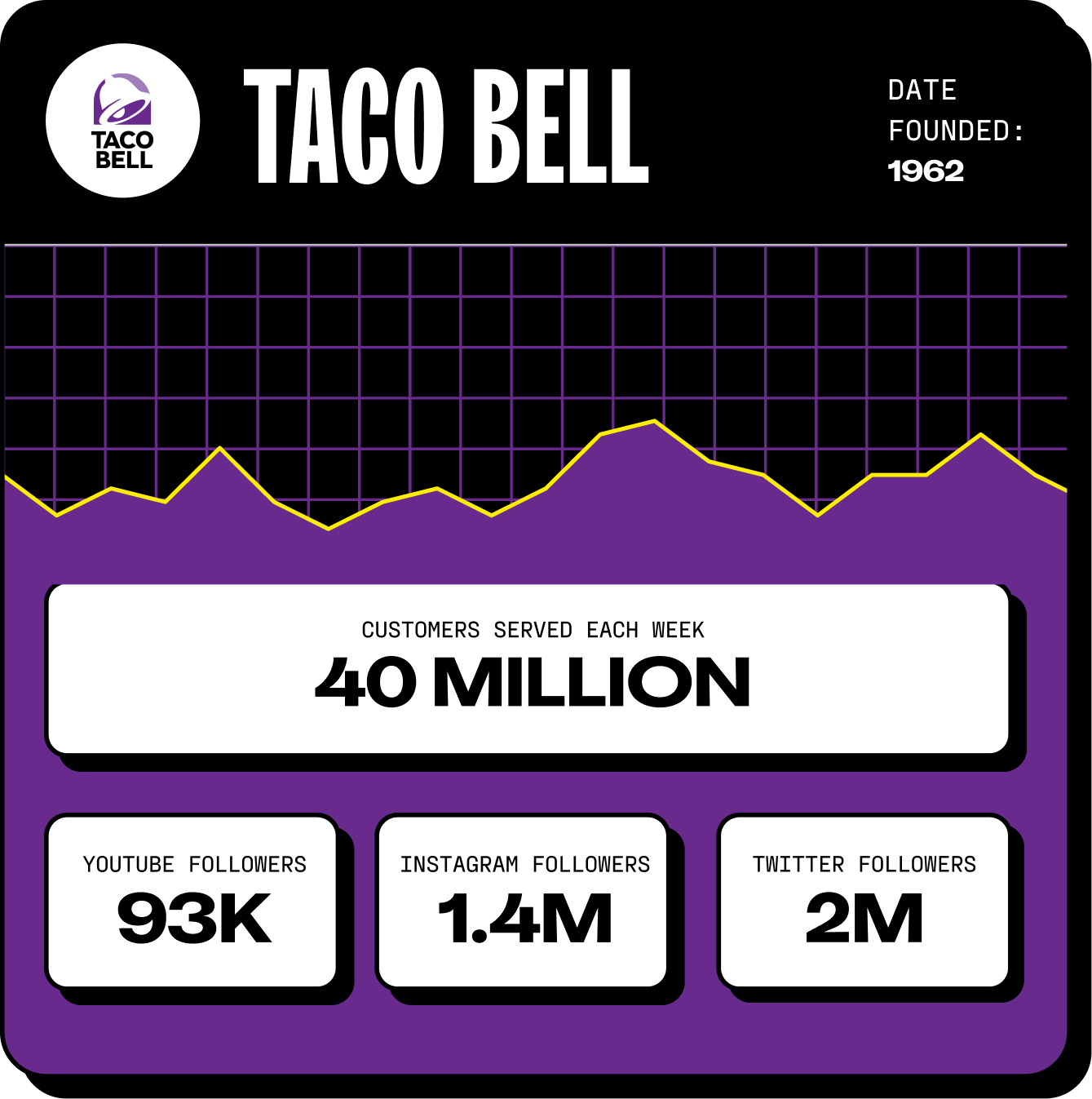
Taco Bell was founded in 1962 and serves more than 40 million customers each week in the U.S. It’s competing with hundreds of other fast-food brands. How has this brand from the 60s managed to maintain growth despite the fierce competition? Simple. They remained relevant with their marketing. With more than 1.4 million Instagram followers, 2 million on Twitter, and 93,000 on YouTube, Taco Bell has it in the bag when it comes to clever marketing campaigns.
Restaurant marketing is how you cook up success for your restaurant. It's the process of attracting new customers, increasing visibility in your market, and generating revenue. It’s the strategy behind how you engage with your customers across multiple channels to holistically reach your audience. Examples of successful restaurant marketing tactics include special promotions, digital engagement campaigns, and local search optimization.
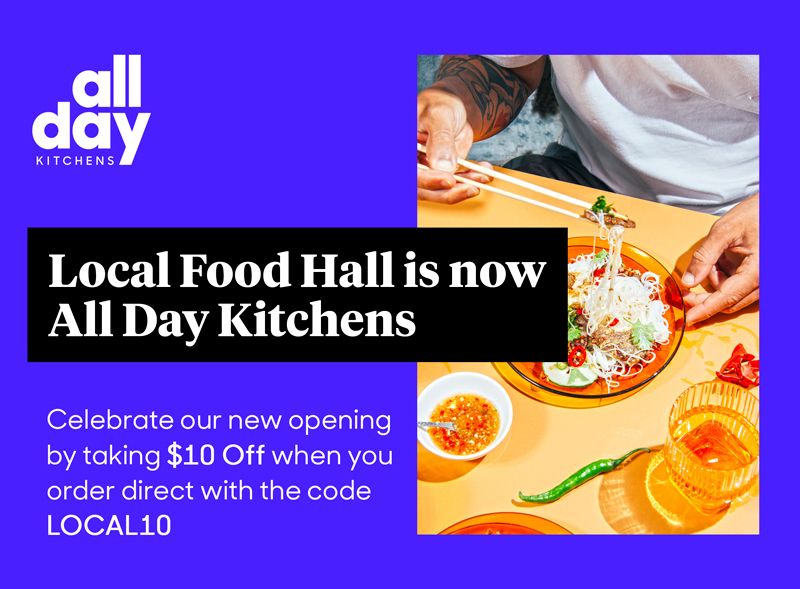
Benefits of Restaurant Marketing
Consistent marketing efforts are essential to any restaurant business plan. Competition among restaurants is fierce – how many restaurants are selling almost identical things on the menu? Whether you’re opening your very first restaurant or you’ve got a chain to your name, you need a solid restaurant marketing strategy to attract new customers and to ensure your regulars keep coming back again and again.
However, not every strategy will resonate with every diner. It’s important to try out different types of digital marketing ideas and trends to see what resonates most with your target audience.
Grow revenue by attracting new customers.
The most obvious benefit of restaurant marketing is that it grows revenue by increasing both foot and online traffic to your business. Without customers, restaurants would have no business. Marketing is all about connecting with your customers and fostering strong relationships.
Improve customer retention and increase customer lifetime value.
Customer lifetime value is the projected amount of revenue a customer will generate over their lifetime at your business. Some customers will come in only once, some may come in several times, and some may come in regularly. The regulars — aka repeat loyal customers — generate 10x more revenue in their lifetime than new customers. The goal is to have hundreds of these kinds of customers increasing your bottom line.
Increases brand awareness.
As an independent or chain restaurant owner, you should know how to leverage all the available tools to make your business stand out. How are new customers able to find your restaurant online? How do you get them through the door? You want to get the word out about your restaurant’s mission, vision, and purpose.
Develop a Marketing Strategy that Aligns to Business Goals
While restaurant marketing and promotions can take many forms, the challenge is that not every strategy will resonate with every diner. As we touched on earlier, it’s important to test out different types of restaurant marketing ideas and trends to see what resonates most with your target audience. Your marketing strategy should ultimately align with your business goals.
Marketing is an invaluable tool. And the key to marketing is consistency and goal setting. The most effective way to reach your goals is by establishing a well-thought-out plan that helps you achieve success incrementally.

Create a Restaurant Marketing Plan
A restaurant marketing plan is a chronological timeline of a restaurant’s intended marketing activities, across all marketing channels. An effective restaurant marketing plan gives you an at-a-glance view of past, present, and upcoming marketing campaigns with important marketing campaign data. Let’s look at what those are below.
Marketing campaign goals.
Ask yourself what you want to achieve with this campaign. This includes things like acquiring new customers, retaining existing customers, selling more a specific menu item, media mentions for brand awareness, increasing social follower count, or sign-ups to your loyalty program. Once you establish your campaign goals, you’ll be able to know what you’re measuring and how to measure it. For your campaign to be successful, you need to have a goal outlined from the start.
Campaign duration.
Figure out how long your campaign should be live. If you’ve decided to run a holiday campaign to sell more of your festive turkey dinner, your offer is likely to be redeemable only for 4 weeks during the month of December. Your marketing campaign should have a start day and an end date where you will measure all results in between.
Identify marketing channels.
Look at the available channels where you could be conducting this campaign. Will it be on your app through your loyalty/rewards program, on a discount/promotion site like Groupon, or on social media? The best way to identify the right marketing channel for your campaign is to figure out where your target audience spends most of their time.
Understand budget and spending.
Make sure you establish how much money you’ll be spending on your campaign – before you run it. As a restaurant owner, you’re aware that costs add up and marketing can get expensive if you don’t plan your spending from the get-go.
Identify key performance indicators (KPIs).
KPIs are a quantifiable measure of performance for a specific objective. They’re used to gauge the success of a marketing campaign. You need to identify your KPIs to provide targets to shoot for and milestones to gauge progress. Over time, you’ll gain insight that can help you make better decisions. Examples of KPIs include sales increase/decrease, total loyalty sign-ups, or social follower increase.
Define your target audience.
The more you know about your potential buyers, the more likely you are to reach them. Not only do you need to find the right guests, but you want to turn them into repeat customers. You would have likely done a market analysis when first opening your restaurant concept and figured out who your target audience/customers are. Make sure you continue to target them in your marketing efforts – marketing to the right audience is crucial to restaurant marketing success.
Ideas to Include in Your Restaurant Marketing Strategies
Below, we lay out some restaurant marketing ideas and why they’re worth including in your restaurant marketing strategy.
Optimize website experience.
Your restaurant website is often the first interaction someone has with your brand, other than perhaps social media platforms for younger crowds. Make sure all information is up to date, including hours, menu, phone number, and locations. Be sure to use high-quality photos and highlight online ordering. Studies show that 90% of customers research a restaurant before dining, meaning your online presence must be polished.
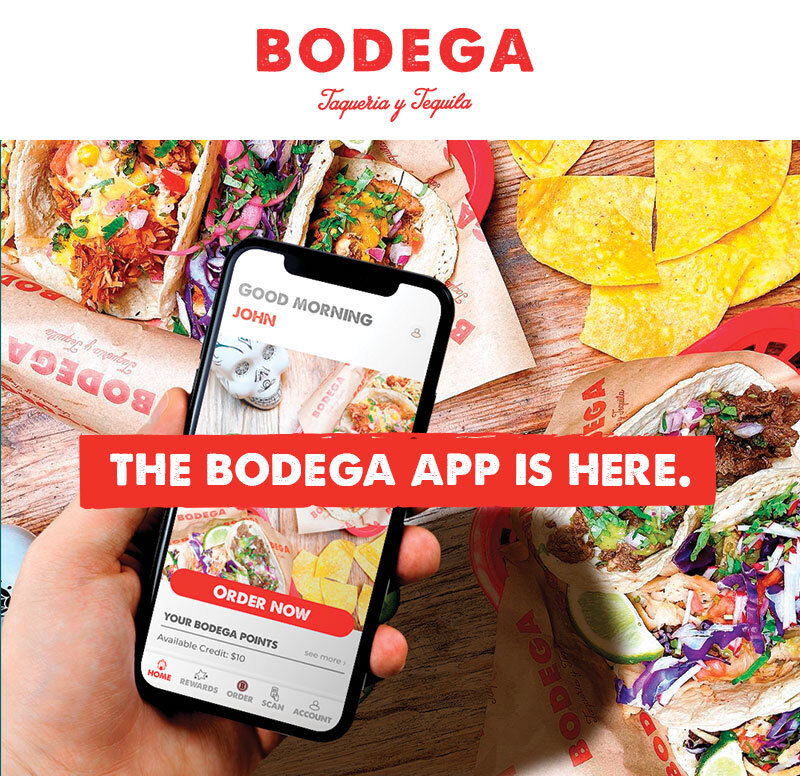
Have a social media strategy.
Have you heard the saying “Instagram eats first”? Instagram is a visual mecca for foodies and they’re all over Tik Tok, Facebook, and Twitter too. Use social media marketing to promote your business’ best dishes, show off your storefront, and further establish your brand identity. Also, be sure to have some fun with #hashtags.
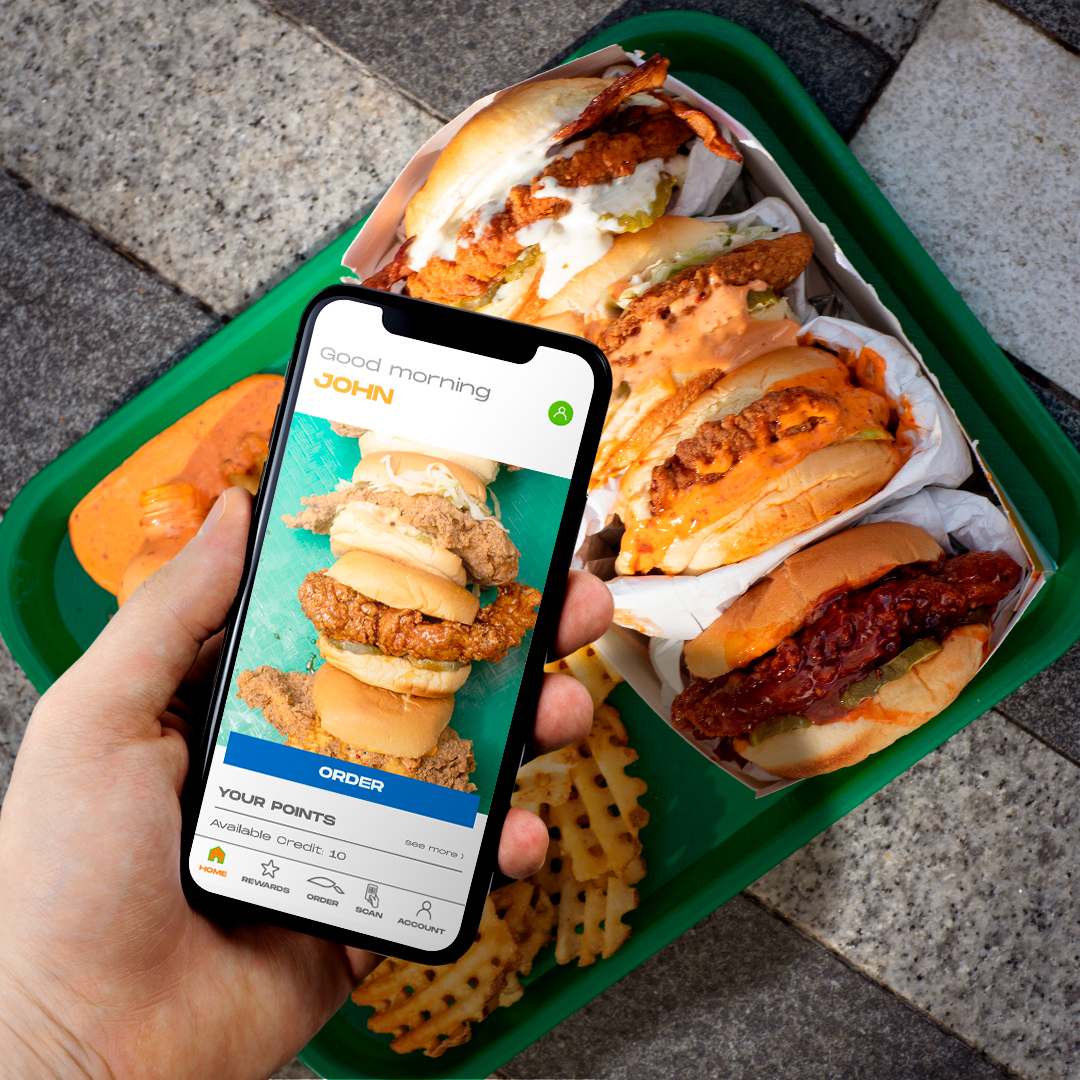
Utilize email and text message marketing.
Communicate with your customers. Use your email newsletter or text messages to celebrate your success, discuss new menu items, or share special discounts. Effective email marketing can help drive guest engagement, increase sales and improve customer loyalty.
Claim your Google my Business.
Setting up your restaurant’s Google+ account and claiming your Google my Business page is even more important than setting up your Yelp account. You’re basically setting yourself up for more prime search real estate – for free. When someone searches for your business on Google, Google’s Knowledge Graph provides your business details in the sidebar. Google’s Knowledge Graph gathers a large chunk of its info from Google+.
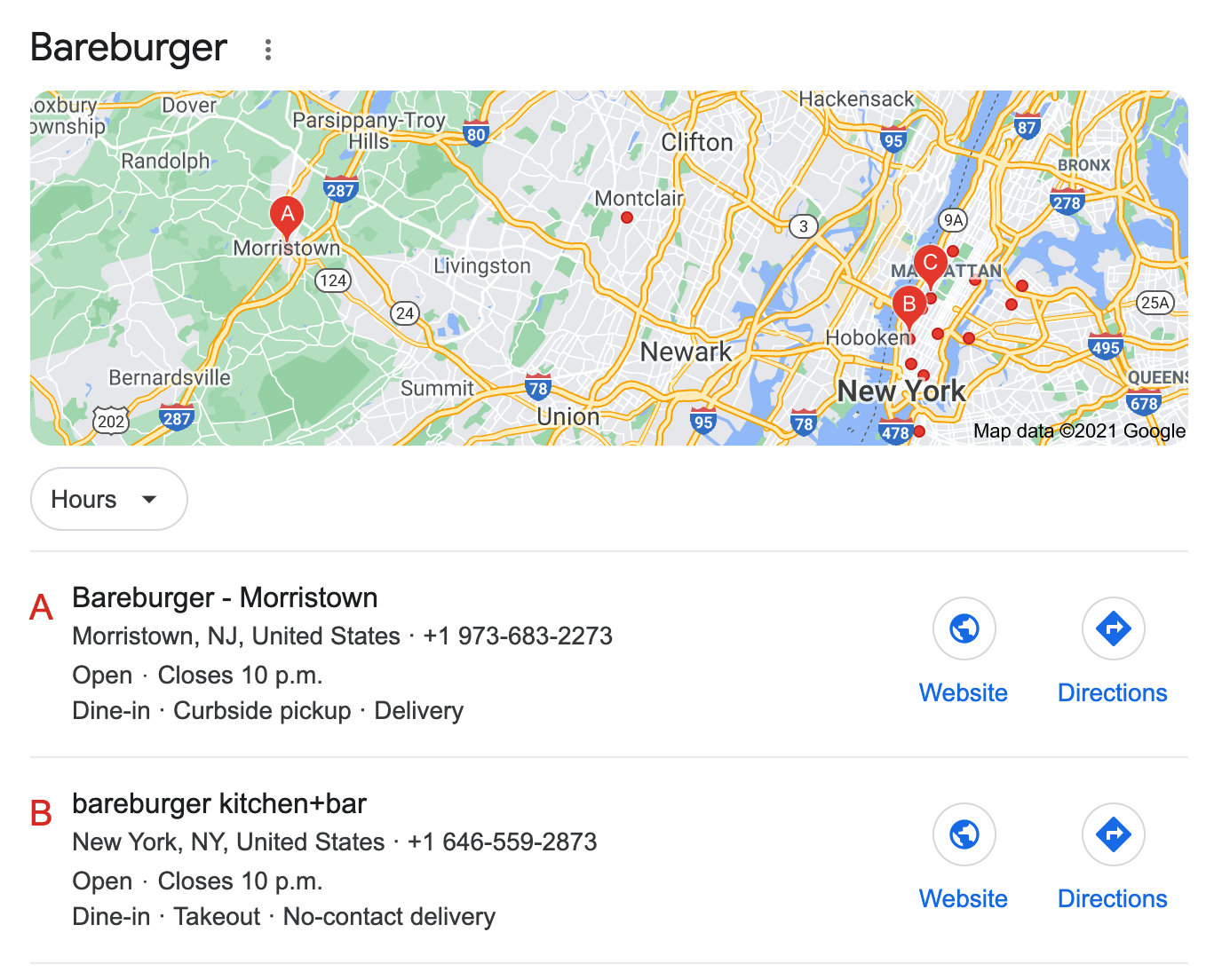
Source: Google Search - Bareburger
Invest in local SEO.
When someone searches for a local restaurant, they’ll find results across the search engine. For example, if you search “Sushi” in Google, it’ll show you what’s nearby in Google Maps and Search. To improve your business’s local ranking, you can use Google Business Profile to claim and update your business information. Make sure your business details are accurate, complete, and engaging to attact both visiting and local customers.
Test Google and social media ads.
Most folks are looking for good eats close to home, and you’ll get the most value out of your online marketing efforts by investing primarily in geo-targeted ads. These ads help you save money, ensuring that only users in certain cities or within a specific radius see your ads. Be sure to take advantage of these handy targeting features in Google Ads, Instagram Ads, or Facebook Ads to get yourself in front of customers.

Get reviews from third-party sites and optimize your profile.
Yelp, TripAdvisor, and other business review sites have tremendous power in the restaurant industry (to many restaurateurs’ dismay), and having positive reviews can do wonders for your business. On Yelp, people can and will review you, even if you don’t set up an account. For that reason, as a restaurant owner, you should be proactive on Yelp. Respond to guest feedback, whether positive or negative. You don’t want to have a guest leave with negative perceptions of your restaurant brand, and often a simple apology or gift card is enough to smooth things over.
Consider local discount sites.
Try offering a short-term discount for menu items on popular coupon sites like Groupon, Rakuten, or RetailMeNot. These sites welcome usage from big-name brands to local, small businesses. If it’s in your marketing budget, it can be a great way to reach new audiences and entice new customers.
Align with local food bloggers and influencers.
Connecting with local food bloggers and influencers is an inexpensive way to reach a larger audience. They will visit your restaurant or try your food and promote your brand in exchange for a posting fee, or even just a free meal, depending on their reach and requirements. Great customer reviews and visibility from these people can give you a boost in popularity.
Sponsor local events.
Look into a local event, a sports competition, or local businesses in need of support. The more exposure your business gets, the more audience you reach. Sponsoring the right events, charities or projects can give your potential customers a positive association with your business.
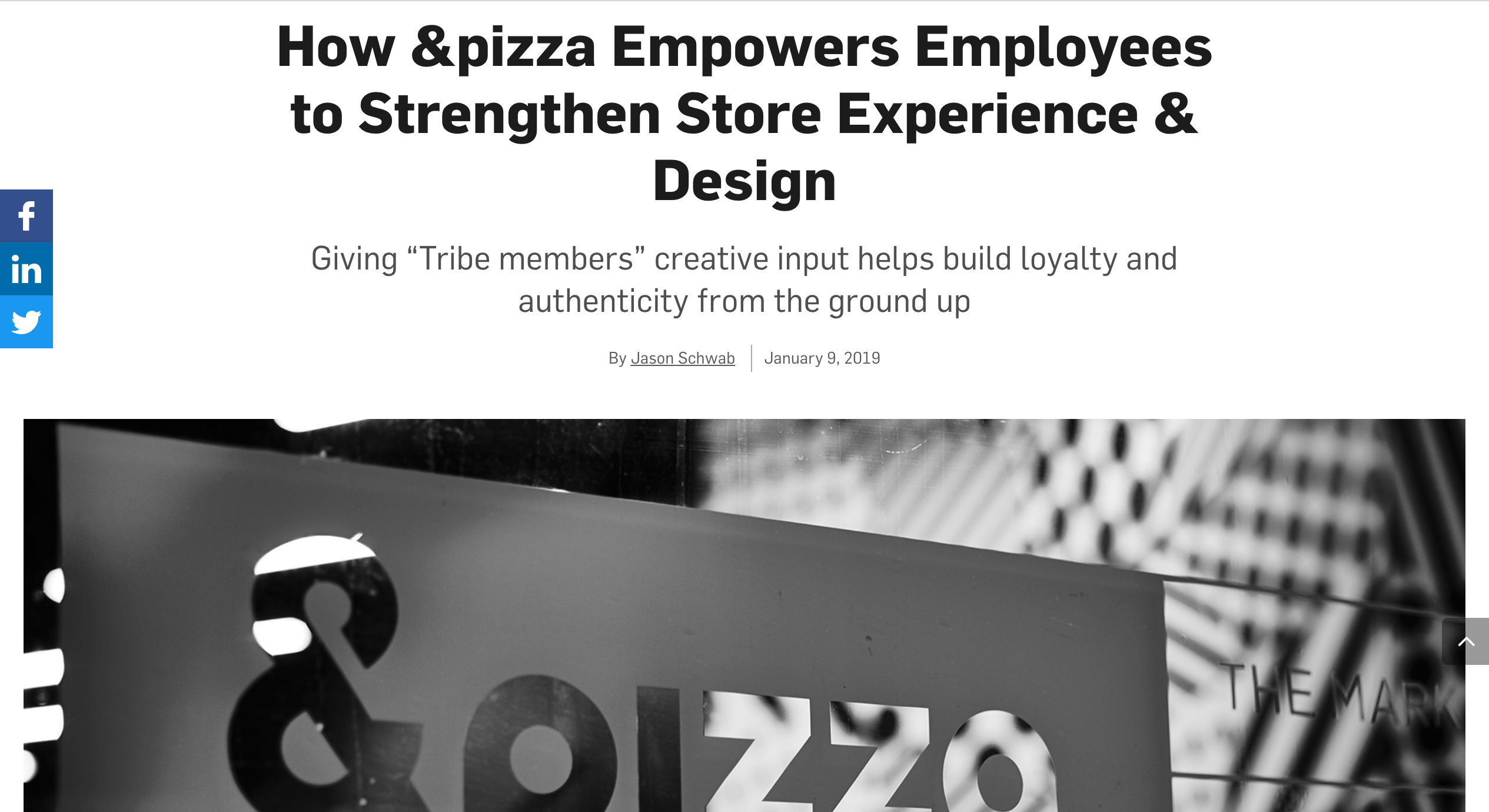
Source: Restaurant Spaces
Have a PR strategy.
You may not have a dedicated PR person or team at your disposal, but you can implement some PR strategies to expand your customer base. Get yourself into food festivals, farmers’ markets, trade shows, and food publications. These are great networking opportunities to help build relationships. You can also get food critics to review the restaurant for a little publicity boost.
Offer customer loyalty programs.
If done right, restaurant loyalty programs can drive repeat sales or even entice new customers. There are some customers who find great joy in earning points and getting free items. There are plenty of major food chains that use incentives to buy such as Starbucks, Panera Bread, or Clean Juice, that have attracted millions of customers thanks to their loyalty programs.
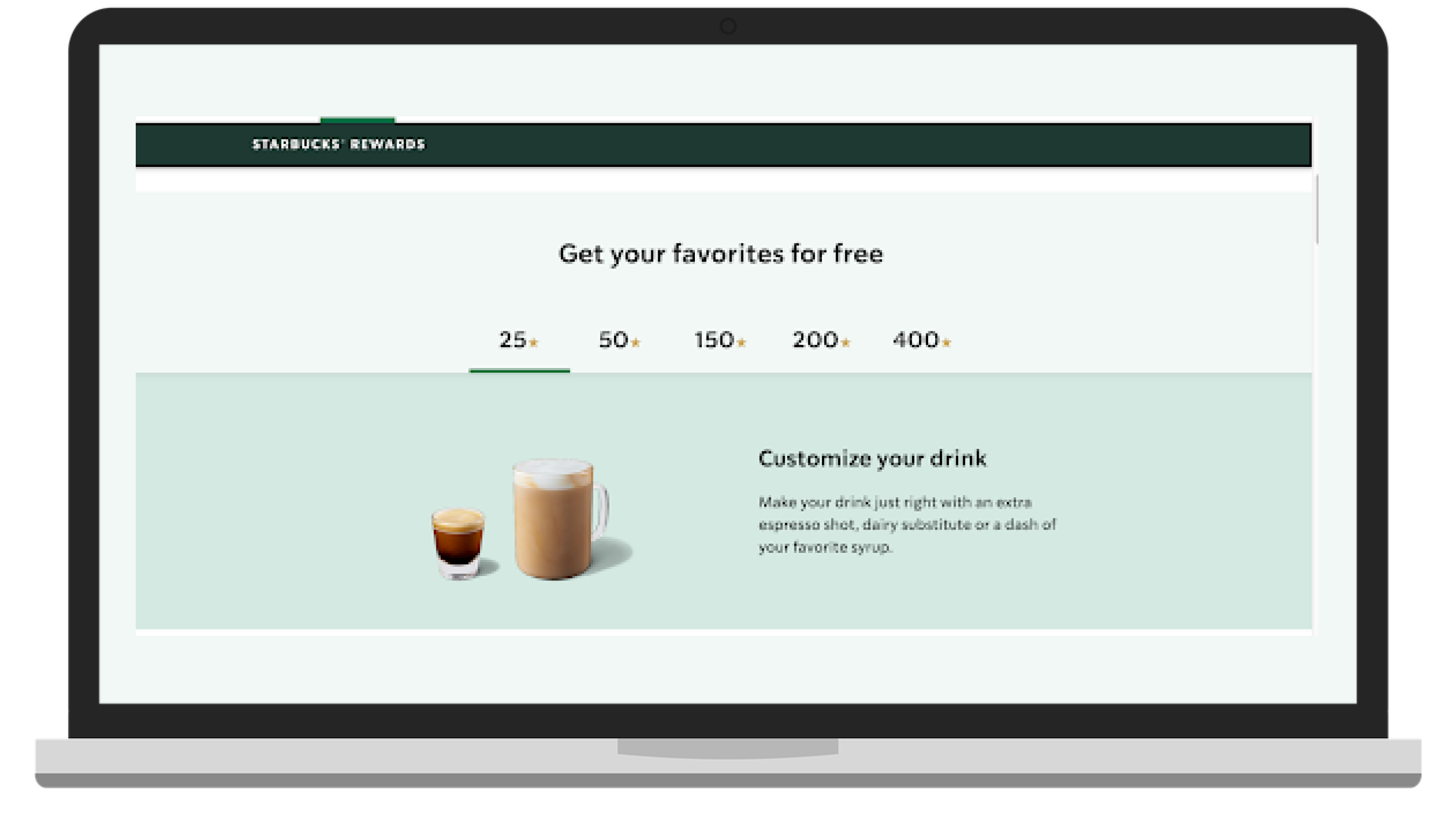
Source: Starbucks
Consider testing third-party delivery services.
If you know us, you know we’re not about the third-party delivery services – but we do know they have their place in the online delivery landscape. Get yourself on UberEats, GrubHub, or DoorDash if it’ll help boost business. But (a strong but), remember these third-party companies don’t let you access valuable customer data and take a chunk of your profit. Creating your own avenues for direct online ordering is a smarter route for your business.
Test direct mail.
Though direct mail might seem outdated, studies have shown that direct mail recipients spend 28% more money than those who don’t get that same piece of mail. A small direct mail campaign can be impactful and generate some revenue, so it’s worth trying out.
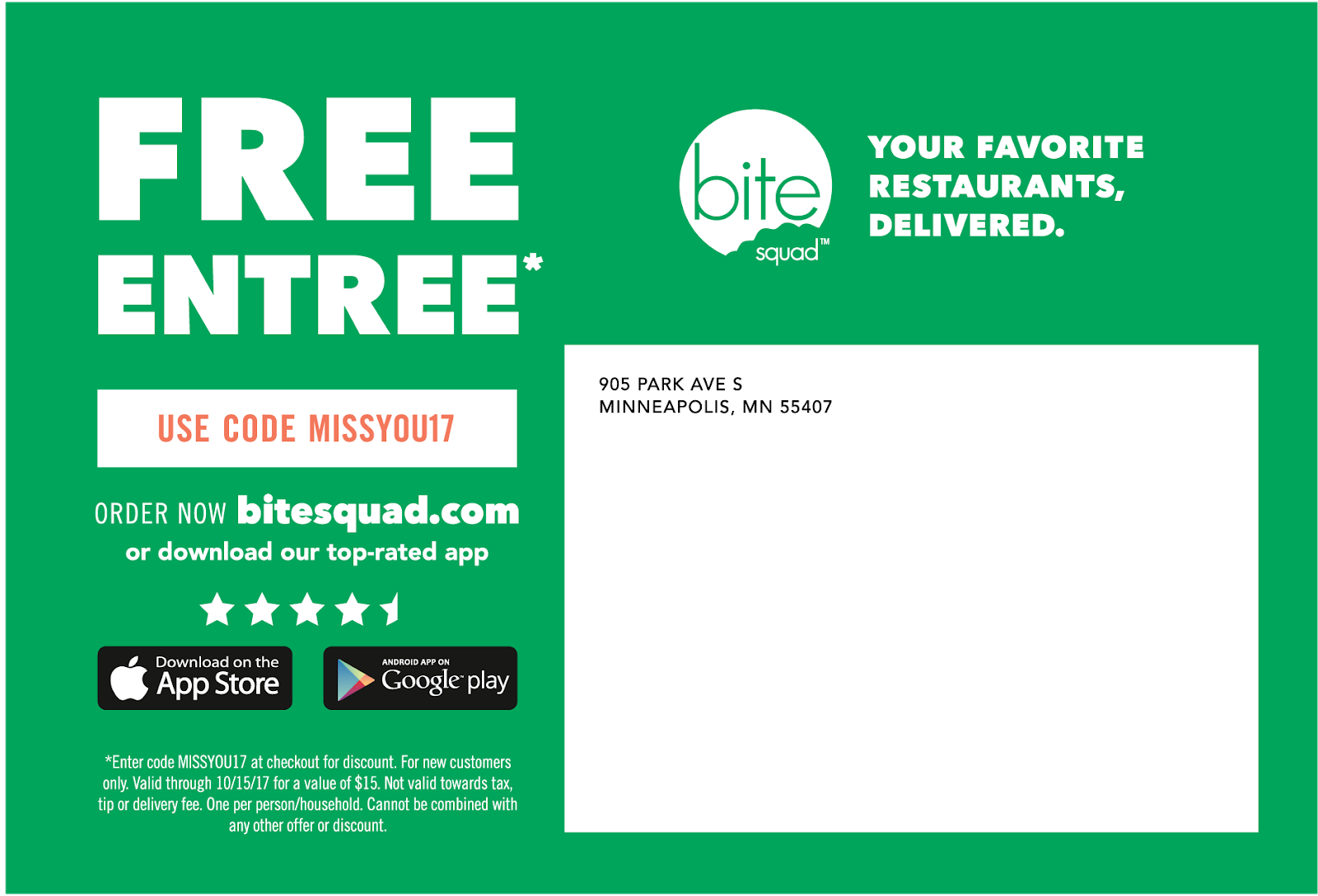
Source: Sumo
Great customer service is great marketing.
A single customer having a great customer experience is sometimes the best marketing. They will likely return themselves or return with some company. A great experience also leads to word-of-mouth marketing, which you can’t buy.
Calculating the ROI of Your Restaurant Marketing Efforts
After all the attention, money, and resources you put into your marketing efforts to traffic to your business, you want to be sure that your restaurant marketing activities are actually earning you money, and not just costing you. After your marketing campaigns end, you should calculate the ROI (return on investment).
You can calculate the ROI with this formula:
ROI = (Net return) divided by (cost of investment) x 100%
or
ROI = (Final value of investment - initial value of investment) divided by (cost of investment) x 100%
Review the results – the higher your ROI the better. The insights you gain from understanding what worked about your restaurant marketing campaign from a revenue perspective will influence how you approach restaurant marketing in the future.
Marketing For Restaurants Makes All The Difference
When you provide an awesome dining experience and create strong customer relationships – those are the key things that will set you apart from the competition. Outside of the food and service, effective marketing is what makes the difference in bringing guests back again and again.